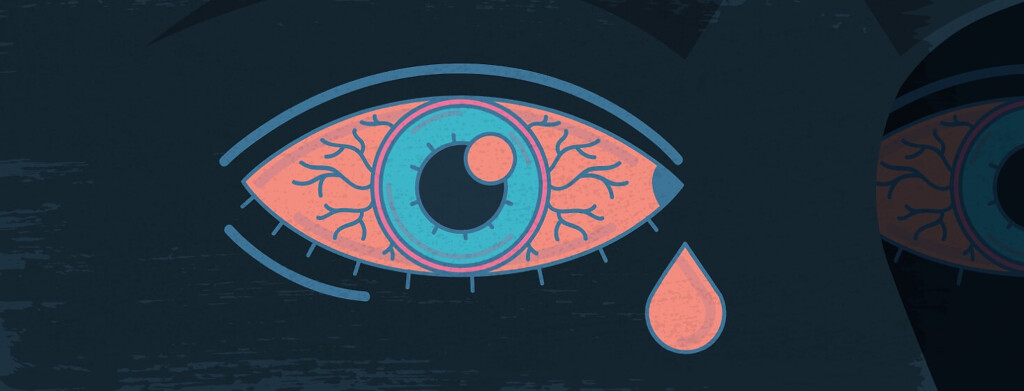My Journey With Chronic Dry Eye
It was time for my annual eye checkup; always scary since my diagnosis with macular degeneration at age 66. I knew something new was going on with my vision. My vision was getting blurry, and I worried my dry macular degeneration might now be wet.
Explaining my symptoms
My optometrist carefully examined my eyes and listened to my new symptoms. In addition to blurring, my eyes often felt gritty, and when I read I could hardly keep my eyes open. Another odd symptom was double vision when driving. It was strange: I saw two sets of headlights, one slightly above the other. I later learned this is called “ghosting,” a form of double vision often attributed to dry eye syndrome.
My doctor explained that the blurring was because I now had dry eye syndrome. My age was a factor, and my meibomian glands were clogged up. He explained that these tiny glands help make up the oily layer of your tears.
The treatment plan
The first part of treatment was to un-clog the meibomian glands. During several sessions with the doctor over the next few weeks, he used manual expression with a sterile cotton tip to un-clog the glands. This was a very uncomfortable procedure.
The use of warm, moist heat helps to liquify the oils produced by the meibomian glands. A washcloth can be used to apply moist heat, but I found that it cooled too quickly. I researched and found reusable eye pads that you warm in the microwave. These pads produce warm, moist heat. In my experience, this has been most helpful to manage my symptoms. Any time I neglect to use the eye pads daily, I notice more blurring.
Trying different options
The doctor also advised me to use eye drops and wrote me a prescription for Restasis. I gave the medication a two-month trial but did not notice any lessening of my symptoms, so I stopped using it. For me, the use of lubricant eye drops worked better than a prescription.
There is a dizzying array of drops to try, and they are expensive for the tiny vials they come in. Whenever possible, I buy generic brands that are less costly. He recommended the use of eye ointment at night. They can offer longer-lasting relief, however they taste awful (don’t laugh, because you can actually taste anything put into the eye).
Doing chronic dry eye research
After learning I had chronic dry eye, I did a lot of research and learned things I can do to help manage my disease.
Most of my adult life, I have struggled with my weight and generally stuck to a low-fat diet. Today I know that healthy oils such as olive oil are good for me and can help with the symptoms. I also take salmon supplements.
The use of a blow dryer can really dry out my eyes. I minimize my use of the blow dryer or shut my eyes when close to my face.
My eyes are very sensitive to wind, which always seems to blow here in Oklahoma. Any time I am outdoors, I wear wraparound sunglasses. They help protect my eyes from the sun, which helps my macular degeneration and also provides protection from the wind.
My life today
Three years after my diagnosis, I am still struggling with chronic dry eye, so my plans for the future include finding a new ophthalmologist. I will continue my research so I can be an active participant in managing the disease.

Join the conversation